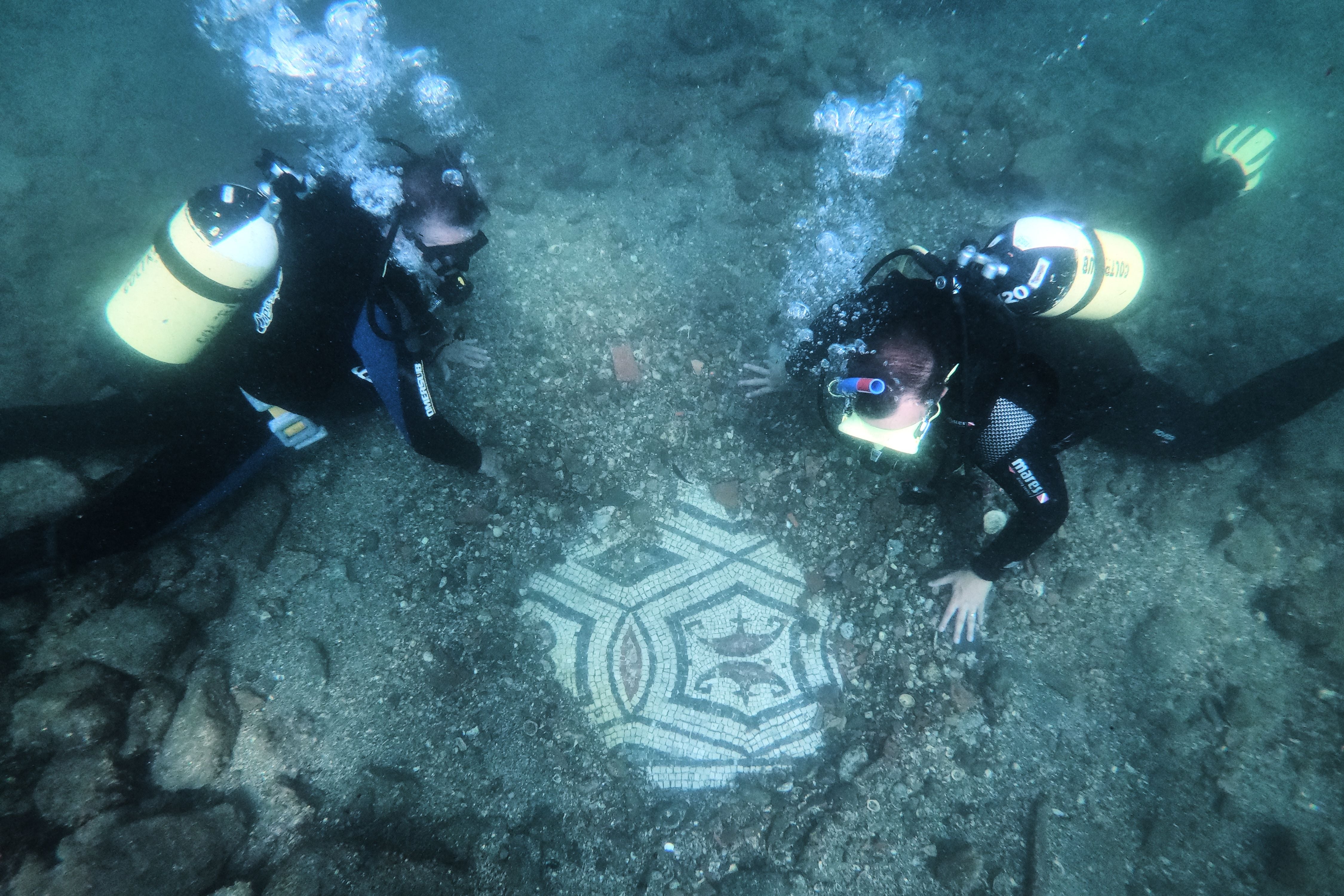
Lost in the Depths: Could This Sunken Bathhouse Have Belonged to Cicero?
Imagine diving into the crystal-clear waters off the coast of Naples, Italy, and stumbling upon a piece of ancient Roman history. That's exactly what's happening at the submerged ruins of Baiae, and a newly discovered bathhouse is creating quite a buzz! Could this lavish bathhouse have once belonged to none other than Marcus Tullius Cicero, the famous Roman orator and statesman?

Baiae was the ultimate Roman resort town – think Las Vegas, but with more togas and fewer slot machines. The elite of Roman society, including Julius Caesar and Emperor Augustus, flocked to this coastal paradise for relaxation and indulgence. According to Archaeology News, historical texts mention Cicero owning a villa in Baiae. This incredible discovery could be the first tangible evidence of his luxurious seaside residence!
So, what makes this bathhouse so special? Well, for starters, it’s remarkably well-preserved. Imagine walking (or swimming!) through rooms where Roman senators once relaxed and discussed politics. It boasted advanced technology for its time, particularly its sophisticated heating system. This suspensura system circulated hot air beneath the floors and through the walls using pillars and hollow tiles – talk about an ancient sauna experience!

Baiae wasn't just about bathing. It was a hub of pleasure, complete with thermal springs believed to have healing powers and even ancient casinos! Dozens of rooms were designed for wild parties and feasts, now a playground for marine life. Think about the history beneath the waves as you consider visiting Baiae Underwater Park!
The bathhouse also features a beautifully preserved mosaic floor and partially recovered wall paintings. Researchers are analyzing ceramic fragments found at the site to determine its construction date, intended use, and the reasons behind its eventual abandonment. These clues could further solidify the connection to Cicero and provide valuable insights into Roman life.

So, how did this Roman paradise end up underwater? Baiae is located in a volcanic area, and seismic activity, combined with Muslim raids in the 8th century, led to its gradual submersion. By 1500 CE, the town was completely deserted, possibly due to a malaria outbreak. It remained hidden beneath the waves until its rediscovery in the 20th century.
The story of Baiae's rediscovery is fascinating. In the 1920s, during dredging operations, intact marble sculptures were unearthed. This sparked the interest of Benito Mussolini, who considered draining the area. Later, in the 1940s, an Italian air force pilot spotted the site from above, describing it as a "strange ghost town," according to The Guardian.
Today, the Baiae Archaeological Park is a popular destination for divers and history enthusiasts. At just 12 feet below the surface, it's an accessible and unforgettable experience. Imagine exploring ancient Roman ruins, swimming amongst mosaics, and wondering if Cicero himself once strolled these very halls! Could this be your next Italian adventure?
```